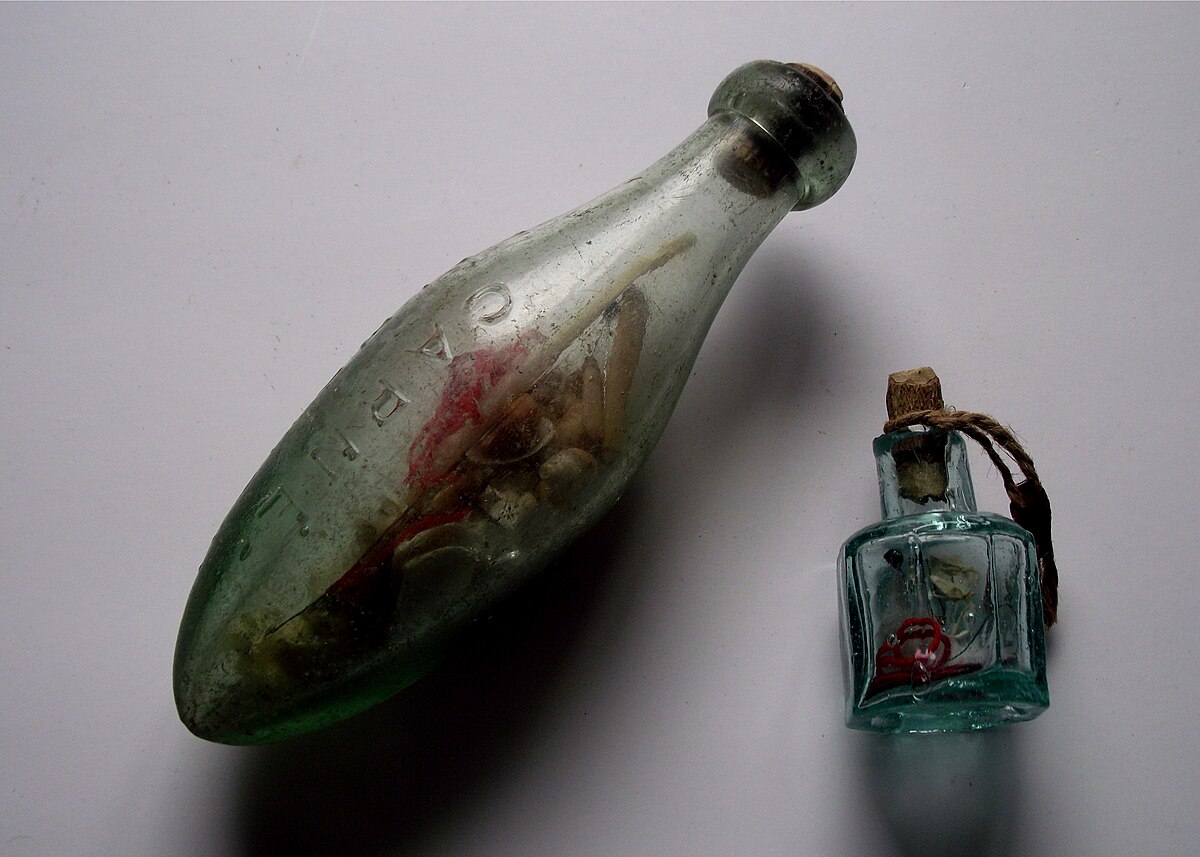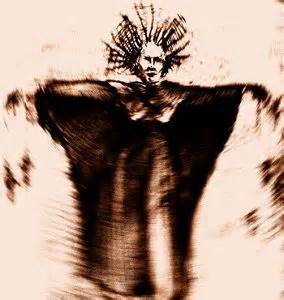Halloween is a night when the barriers between the physical world and the spirit world are thought to be at their weakest. For thousands of years, humans have seen such nights as especially favorable for weaving spells and incantations, but these folk magic practices were also very much part of everyday life. Regardless of whether these practices actually worked, many of them have left traces that archaeologists can find—even right here in the United States. In this post, we’ll explore how these practices manifest in U.S. archaeology, allowing us to peer into the connections between culture, belief, and the material world. Intertwined with these scientific findings is a rich tapestry of folk magic and superstition, revealing the beliefs and practices that have shaped communities over centuries.
Folk magic, often named “high magic” or “low magic” depending on its complexity and intention, has deep roots in American culture. Influenced by a multitude of immigrant traditions, indigenous practices, and regional transformations or mutations, folk magic often includes spells, charms, and rituals designed to bring about desired outcomes—whether protection, love, or prosperity.
In many communities, these practices have been devised through generations, often joining with local superstitions. The result is a unique amalgamation of beliefs that resonate with the cultural landscape, making folk magic an integral part of American history.
Archaeologists often find evidence of folk magic in the artifacts they unearth. Items such as charm bags, amulets, and even burial practices can offer insights into the spiritual lives of those who lived in a particular area. For example, archaeologists have documented the presence of witch bottles, bent or cut coins, fossils, crystals, lead disks, and many other items intended to protect European or enslaved African households from malevolent spirits or forces throughout Maryland. These artifacts provide a corporeal connection to the beliefs that once permeated daily life.
Similarly, the use of symbols, such as hex signs in Pennsylvania Dutch culture, reflects the importance of protection and good fortune in securing a good harvest. Scrutiny of these symbols not only informs us about the beliefs of specific communities but also highlights the broader significance of magic in shaping human experience.
Superstitions often reveal how communities interpret the world around them. In archaeological contexts, certain practices—like the placement of objects in a specific way during burials or the use of ritualistic offerings—can be traced back to superstitions that were intended to guide or protect the deceased in the afterlife.
In Maryland, there is a long and detailed record of “haunted” locations, including famous examples of Molly Dyer out of Leonardtown in St. Mary’s County, Big Liz out of Cambridge, Dorchester County, and the Blair Witch out of Burkittsville, Frederick County. Despite all these accounts of paranormal activity, Rebecca Fowler was the only person to be executed for the charge of witchcraft in Maryland in 1685.
Ultimately, the relationship between archaeology and folk magic is complex, as it straddles the line between scientific inquiry and cultural interpretation. Archaeologists often face the challenge of respecting local beliefs while engaging with community members, particularly those with ancestral ties to the sites being studied. Respect for community tradition, belief, and spirituality can provide valuable insights and foster a deeper understanding of how folk magic and superstition inform cultural identity. By examining artifacts within the context of folk practices, archaeologists can gain a richer, more nuanced view of the societies they study.
As modern society becomes increasingly disconnected from traditional practices, the preservation of folk magic and superstition is vital to understanding the context of archaeological sites. Archaeologists play a key role in documenting these beliefs, ensuring they are not lost to time. Through careful study and community engagement, archaeologists can highlight the significance of these practices, encouraging a broader appreciation for the diverse cultural heritage.
Folk magic and superstition are more than just remnants of the past. They represent vibrant components of cultural identity that continue to influence communities today. In Maryland, deeper understanding of these beliefs though archaeology offers invaluable insights into the human experience, bridging the gap between the material and the spiritual. By recognizing and respecting these elements, we enrich our understanding of the past, honoring the beliefs that have shaped countless lives and will continue to do so for generations to come.



